
Photo Courtesy of S. Lee Merritt
Death in San Leandro
I live in Oakland California about 3 miles from San Leandro California. San Leandro is what some call a “bedroom community” to Oakland. It’s a City where restrictive covenants and land use permits were used to stop Black people from moving from Oakland to San Leandro. Local celebrity Brian Copeland tells the story of how he grew up in San Leandro when it was 94% white. Copeland wrote a play and a book about it.
Most folks in the East Bay know San Leandro’s history. So when San Leandro police shot and killed Steven Taylor in a Walmart store on a Saturday afternoon, it was not a surprise. Steven Taylor was allegedly mentally ill, with a diagnosis of schizophrenia and bipolar disorder. He appears to be in a mental health crisis when 2 San Leandro police officers approach him. He refused to put down a bat and pulled away as the officers tased him. They then shot and killed him in front of dozens of shoppers. The video shows that an officer actually tased Steven Taylor as he lay on the floor bleeding to death.
This is the second recent police killing in San Leandro. On June 11, 2019, San Leandro police shot Anthony Gomez, an unarmed allegedly intoxicated Latino man. An officer shot him from the street as he stood alone on his mother’s front porch. Officers claimed he had a block of wood in his hand that looked like a gun.
Mental Illness Should Not Be A Death Sentence with Police
There is an increasing recognition that mental illness is a reason to spare people not from responsibility for their crimes but from the ultimate sanction of death. Simply put, a mental health crisis should not be a death sentence.
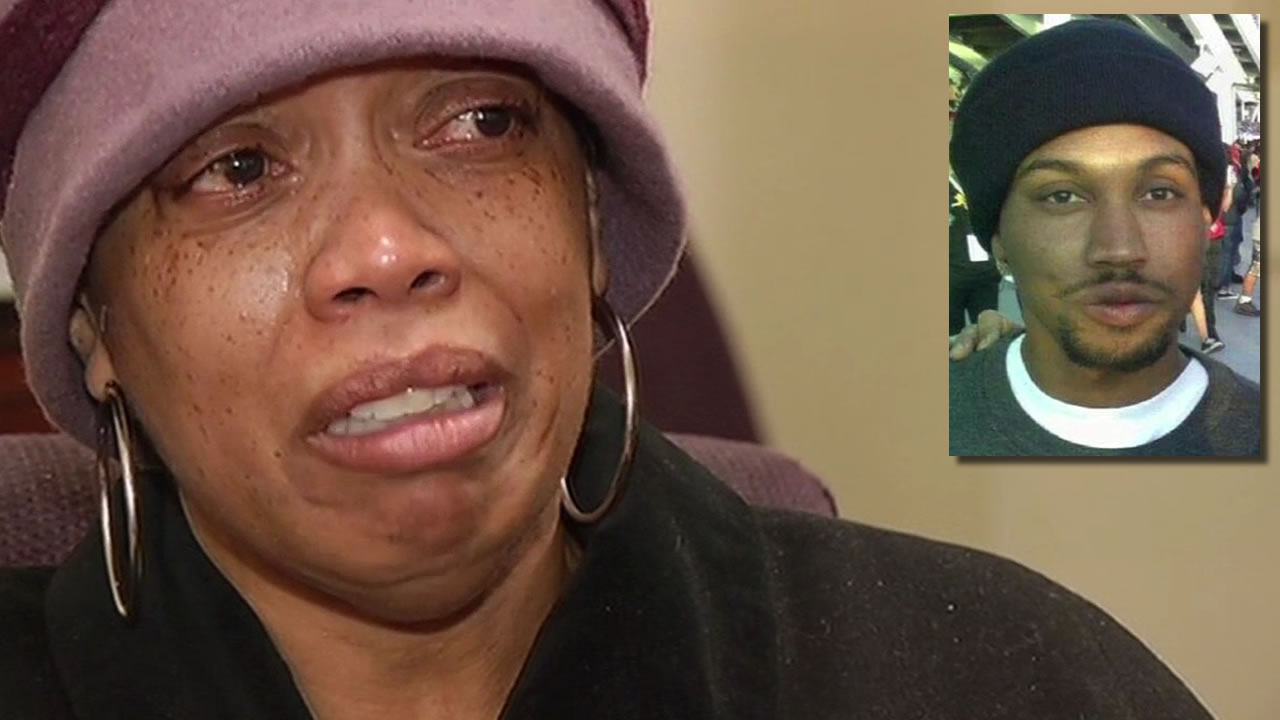
Courtesy: ABC News
Steven Taylor’s murder in San Leandro is so so reminiscent of the murder of Mario Woods by police in San Francisco.
The same month that San Leandro police shot and killed Anthony Gomez, Walnut Creek police shot and killed 23-year-old Miles Hall. Walnut Creek is another almost all-white enclave in Contra Costa County. Hall’s family members reportedly sought mental health assistance from police in the days before he was shot by two officers who came to his home. Miles Hall was Black.
California’s New Law
In California, a new law changed the standard for use of deadly force, effective January 1, 2020. The law is based in part, on the recognition that “individuals with physical, mental health, developmental, or intellectual disabilities are significantly more likely to experience greater levels of physical force during police interactions, as their disability may affect their ability to understand or comply with commands from peace officers. It is estimated that individuals with disabilities are involved in between one-third and one-half of all fatal encounters with law enforcement.”
The new law allows the use of deadly force by a law enforcement officer only when the officer reasonably believes that deadly force is necessary to defend against an imminent threat of death or serious bodily injury to the officer or another person. The impetus for the Legislature to pass the law was the murder of 22-year-old Stephon Clark. Clark was an unarmed Black man shot dead in Sacramento after officers mistakenly thought they saw a gun. He was shot 8 times, including 3 times in the back, in his grandmother’s backyard. Assemblywoman Shirley Weber wrote and pushed for AB392 in response to the murder of Stephon Clark.
Steven Taylor’s murder in my Assembly District 18 provides an early test for the new law. Regrettably, the person in my district who will interpret the new law is District Attorney Nancy O’Malley. DA O’Malley has never prosecuted a cop in Alameda County for murder.
Death in Alameda County
Between 2010 and 2015, at least 6 people died at the hands of police in Alameda County: Hernan Jaramillo, Roy Nelson, James Greer, Kayla Moore, Mark Bennett and Martin Harrison.
Hernan Jaramillo was allegedly having a mental health crisis and begged officers for his life. Video footage was not released by police until 2 years after his death. It shows Mr. Jaramillo pinned to the ground by officers who ignored his cries of “I can’t breathe.” (Sound familiar??) DA O’Malley did not even investigate Mr. Jaramillo’s death because she did not have a policy to investigate in-custody deaths that don’t involve shootings.
In March 2017, Fremont police officers shot and killed Elena “Ebbie” Mondragon, a 16-year-old passenger in a botched police attempt to arrest the driver of the car. Ebbie was shot 5 times with AR-15 styled rifles when plainclothes officers fired into the moving vehicle.
While the DA’s investigation was pending, O’Malley accepted a $10,000 donation from the Fremont police union to her re-election campaign. Shortly thereafter, she cleared the shooters – the Fremont police union president and another officer – of any wrongdoing in Ebbie’s death. She ruled that the shooting was “justified.”
2018 Police Killings in Oakland
In January 2018, a BART police officer ran from the West Oakland BART station onto the street and shot Sahleem Tindle in the back. Tindle was unarmed at the time. O’Malley declined to bring any charges. In March 2020, however, a jury found BART liable for wrongful death and awarded Sahleem Tindle’s family $6.34 million dollars.
In March 2018, Oakland police shot and killed Joshua Pawlik. A federal court monitor ruled that the police essentially executed Mr. Pawlik, when they woke him up and shot him as soon as he moved. Again, O’Malley’s investigation exonerated the officers and she released her report a year later in conjunction with OPD. She released her report on the same day that OPD released theirs with the same conclusion – no fault. The fallout from Mr. Pawlik’s murder ultimately led to the firing of former OPD Chief Anne Kirkpatrick. The settlement of the lawsuit by Mr. Pawlik’s family for $1.4 million is pending.**
The Conflict of Interest
Our experience with DA O’Malley in Alameda County is a clear example of the conflict of interest that district attorneys experience when asked to hold police officers accountable. O’Malley’s investigation of Mr. Gomez’ death is not yet finished almost 9 months after police shot him on his mother’s front porch. Clearly, Mr. Gomez’ death and determining whether police acted justifiably or wrongly is not a priority for DA O’Malley.
Maybe if DA O’Malley had taken the San Leandro police shooting of Anthony Gomez seriously, Steven Taylor would still be alive?
Fortunately, there is a solution. I have introduced a resolution to the Alameda County Democratic Party Central Committee to support Steven Taylor’s family’s call for an independent investigation into his murder. The resolution calls upon the California Attorney General to “investigate, manage, prosecute or inquire about any incidents of use of deadly force by law enforcement officers to ensure that the laws of the State are being adequately enforced and in particular, to ensure compliance with AB392 codified as Penal Code Section 835a.”
The Oakland East Bay Democratic Club, Wellstone Democratic Renewal Club, John George Democratic Club and the Coalition for Police Accountability also support the resolution. It is based on Article V, Section 13 of the California Constitution which allows the Attorney General to supervise and supercede the powers of every District Attorney. The resolution was passed unanimously by the Alameda County Central Committee.**
A Test for California Law
Steven Taylor’s murder will be one of the first cases to “test” the enforcement of California’s new law for use of deadly force. If the Attorney General accepts the call, he could create a statewide standard for police accountability when deadly force is used.
The murder of Steven Taylor happened in our Assembly District 18. Therefore, I called upon the leaders of our Assembly District to support the resolution at the Central Committee. Both Assemblymember Rob Bonta and his former District Director and Alameda City Councilmember, Jim Oddie have a vote. Central Committee member and San Leandro City Councilmember Corina Lopez has already pledged her support of the resolution.
I am hopeful that the leaders of our community and Attorney General Xavier Becerra will be found standing on the right side of justice. Hopefully, accountability for police use of deadly force will be established before another person is killed unnecessarily.
** This piece was updated to reflect that the Alameda County Democratic Party unanimously passed the resolution on May 6, 2020 and that a settlement payment of $1.4 million by the City of Oakland to the Pawlik family is pending.




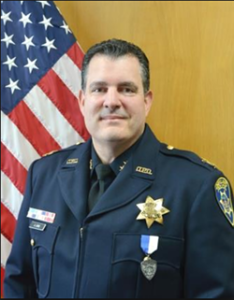 According to the
According to the  Capt. Kirk Coleman was in charge of the Criminal Investigation Division (CID) in October 2015. Task 28 of the NSA requires the CID Commander to notify and coordinate promptly with the DA’s Office regarding possible officer criminal misconduct. OPD failed to notify the DA. Coleman is being
Capt. Kirk Coleman was in charge of the Criminal Investigation Division (CID) in October 2015. Task 28 of the NSA requires the CID Commander to notify and coordinate promptly with the DA’s Office regarding possible officer criminal misconduct. OPD failed to notify the DA. Coleman is being 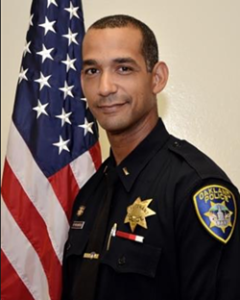 Lt. Roland Holmgren was the head of OPD’s homicide unit in October 2015. Two homicide investigators, Sgts. Bradley Baker and Jason Andersen, blamed Jasmine for O’Brien’s suicide in their interview, and watched her destroy evidence to protect other officers. Holmgren watched this interview. Holmgren then closed the homicide investigation within a week. He is being
Lt. Roland Holmgren was the head of OPD’s homicide unit in October 2015. Two homicide investigators, Sgts. Bradley Baker and Jason Andersen, blamed Jasmine for O’Brien’s suicide in their interview, and watched her destroy evidence to protect other officers. Holmgren watched this interview. Holmgren then closed the homicide investigation within a week. He is being 
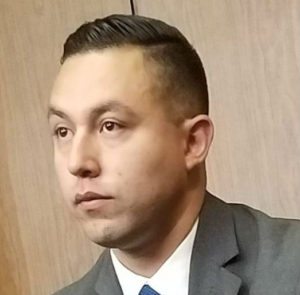 Ricardo Perez is charged with felony oral copulation with my client, Jasmine. It is apparently well known that he was “one of her regulars.” Since she was still a minor, he was actively engaged in the commercial sexual exploitation of a child
Ricardo Perez is charged with felony oral copulation with my client, Jasmine. It is apparently well known that he was “one of her regulars.” Since she was still a minor, he was actively engaged in the commercial sexual exploitation of a child 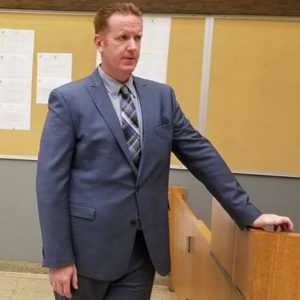 On Friday, September 23, 2016, the first Oakland police officer in our “
On Friday, September 23, 2016, the first Oakland police officer in our “ Police chiefs in both Richmond and Oakland were allegedly her Facebook friends. And yet, every one of the local District Attorneys staunchly maintains that she or he did not even know about the suicide note or the OPD investigation until she or he read about it in the East Bay Express Newspaper.
Police chiefs in both Richmond and Oakland were allegedly her Facebook friends. And yet, every one of the local District Attorneys staunchly maintains that she or he did not even know about the suicide note or the OPD investigation until she or he read about it in the East Bay Express Newspaper.